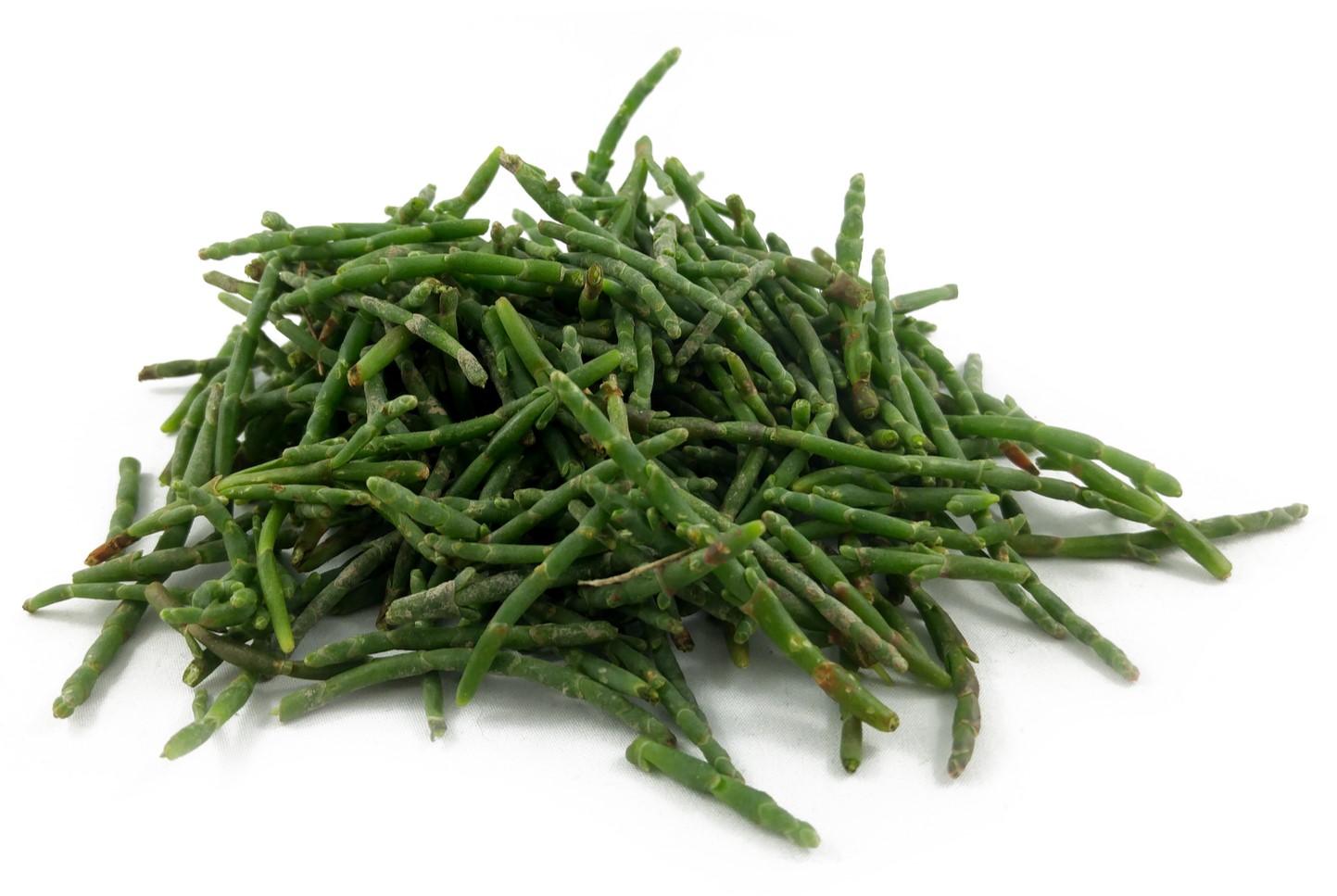
What is sea asparagus? This salty, crunchy plant, also known as samphire or sea beans, grows in coastal areas and salt marshes. Why should you care? It's packed with nutrients like vitamins A, C, and B-complex, plus minerals such as calcium, magnesium, and iron. How do you use it? Sea asparagus can be eaten raw, blanched, or sautéed, making it a versatile addition to salads, stir-fries, and seafood dishes. Is it sustainable? Yes! Harvesting sea asparagus can help manage coastal ecosystems by preventing overgrowth. Where can you find it? Look for it at farmers' markets, specialty grocery stores, or even forage it yourself if you live near the coast. Ready to learn more? Let's dive into 15 fascinating facts about this unique coastal vegetable!
Key Takeaways:
- Sea asparagus, also known as samphire or glasswort, is a unique salty plant that thrives in coastal areas. It's not only a tasty addition to gourmet dishes but also packed with nutrients and health benefits.
- With its crunchy texture and salty flavor, sea asparagus is a versatile ingredient that pairs well with seafood and adds a pop of color to coastal landscapes. Plus, it's low in calories and rich in vitamins and minerals, making it a healthy choice for your diet.
What is Sea Asparagus?
Sea asparagus, also known as samphire or glasswort, is a unique plant found in coastal areas. It thrives in salty environments, making it a fascinating subject for anyone interested in marine life or unusual plants. Here are some intriguing facts about this salty succulent.
Unique Characteristics of Sea Asparagus
Sea asparagus has some distinct features that set it apart from other plants. Its ability to grow in saline conditions is just the beginning.
- Halophyte Plant: Sea asparagus is a halophyte, meaning it thrives in salty environments where most plants would struggle.
- Succulent Nature: This plant stores water in its leaves, making it a succulent. This helps it survive in harsh coastal conditions.
- Bright Green Color: Its vibrant green color can turn reddish in the fall, adding a splash of color to coastal landscapes.
- Crunchy Texture: When eaten, sea asparagus has a crisp, crunchy texture, making it a popular addition to salads and gourmet dishes.
Where Can You Find Sea Asparagus?
This plant isn't just found anywhere. It has specific habitats that it calls home.
- Coastal Areas: Sea asparagus is commonly found along coastlines, especially in salt marshes and tidal flats.
- Global Distribution: You can find it in various parts of the world, including Europe, North America, and Australia.
- Intertidal Zones: It often grows in intertidal zones, areas that are underwater at high tide and exposed at low tide.
Culinary Uses of Sea Asparagus
Sea asparagus isn't just a pretty plant; it's also a tasty one. Its unique flavor and texture make it a favorite in many kitchens.
- Salty Flavor: Its natural saltiness makes it a great seasoning for dishes, reducing the need for added salt.
- Versatile Ingredient: It can be eaten raw, pickled, or cooked, making it a versatile ingredient in various recipes.
- Gourmet Salads: Often used in gourmet salads, sea asparagus adds a unique crunch and flavor.
- Seafood Pairing: It pairs exceptionally well with seafood, enhancing the oceanic flavors of the dish.
Health Benefits of Sea Asparagus
Eating sea asparagus isn't just a treat for your taste buds; it's also good for your health.
- Rich in Nutrients: Sea asparagus is packed with vitamins A, C, and B-complex, as well as minerals like calcium, magnesium, and iron.
- Antioxidant Properties: It contains antioxidants that help protect your cells from damage.
- Low in Calories: This plant is low in calories, making it a healthy addition to your diet.
- Digestive Health: Its high fiber content aids in digestion and promotes a healthy gut.
The Final Word on Sea Asparagus
Sea asparagus, also known as samphire, is a fascinating plant with a lot to offer. Its unique flavor and nutritional benefits make it a great addition to any diet. This succulent thrives in salty environments, which gives it a distinct taste and texture. Packed with vitamins and minerals, it supports overall health and well-being.
Whether you’re a foodie looking to try something new or someone interested in healthy eating, sea asparagus is worth a try. It’s versatile, can be used in various dishes, and adds a crunchy texture that’s hard to beat. Plus, its environmental benefits make it a sustainable choice.
So next time you’re at the market, keep an eye out for this green gem. Your taste buds and body will thank you!
Frequently Asked Questions
Was this page helpful?
Our commitment to delivering trustworthy and engaging content is at the heart of what we do. Each fact on our site is contributed by real users like you, bringing a wealth of diverse insights and information. To ensure the highest standards of accuracy and reliability, our dedicated editors meticulously review each submission. This process guarantees that the facts we share are not only fascinating but also credible. Trust in our commitment to quality and authenticity as you explore and learn with us.


